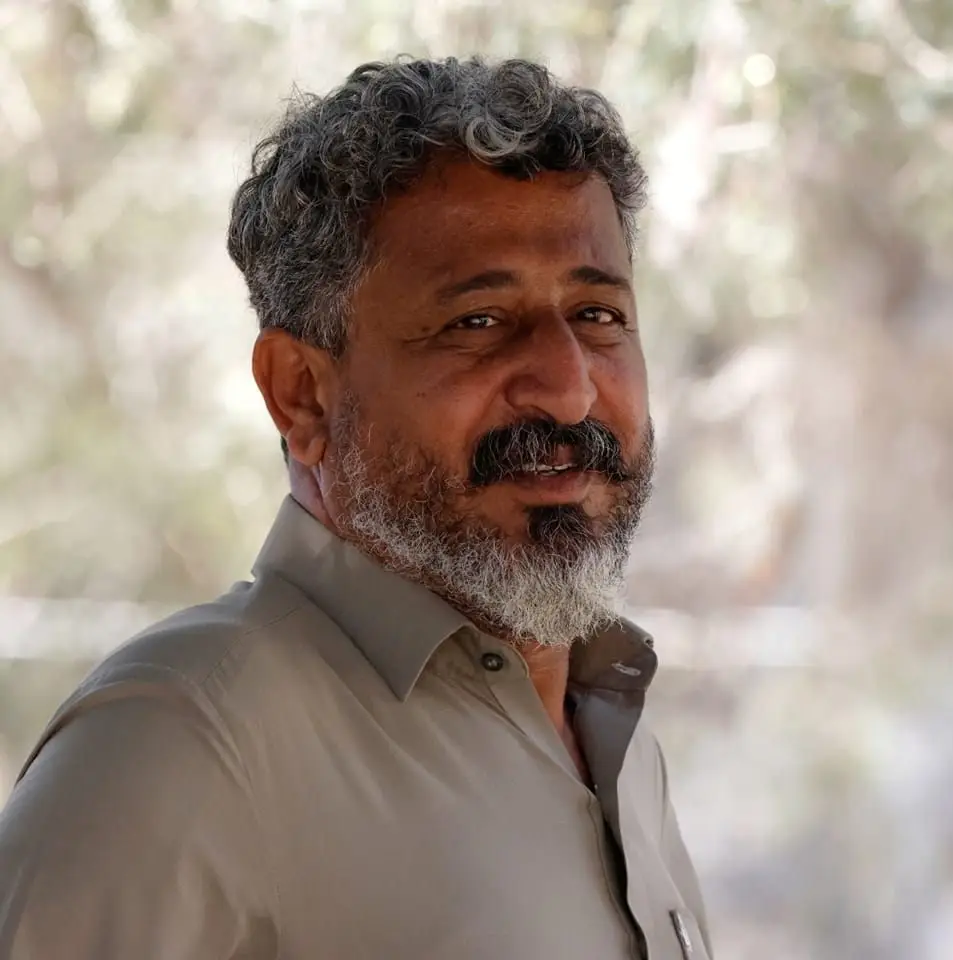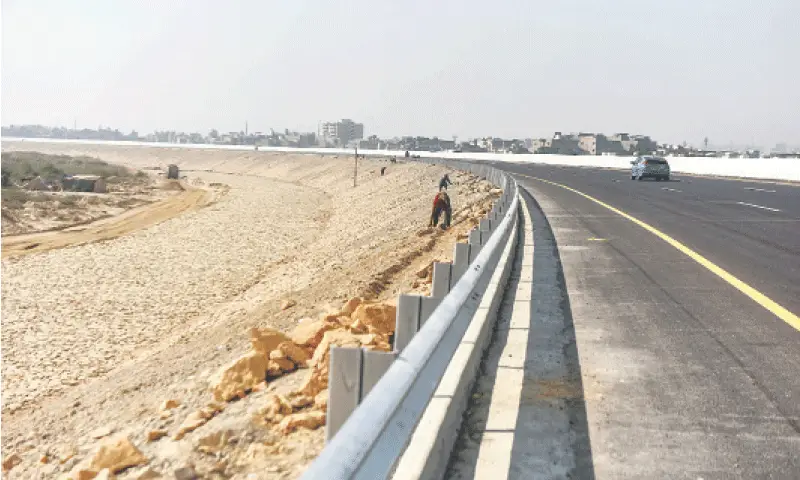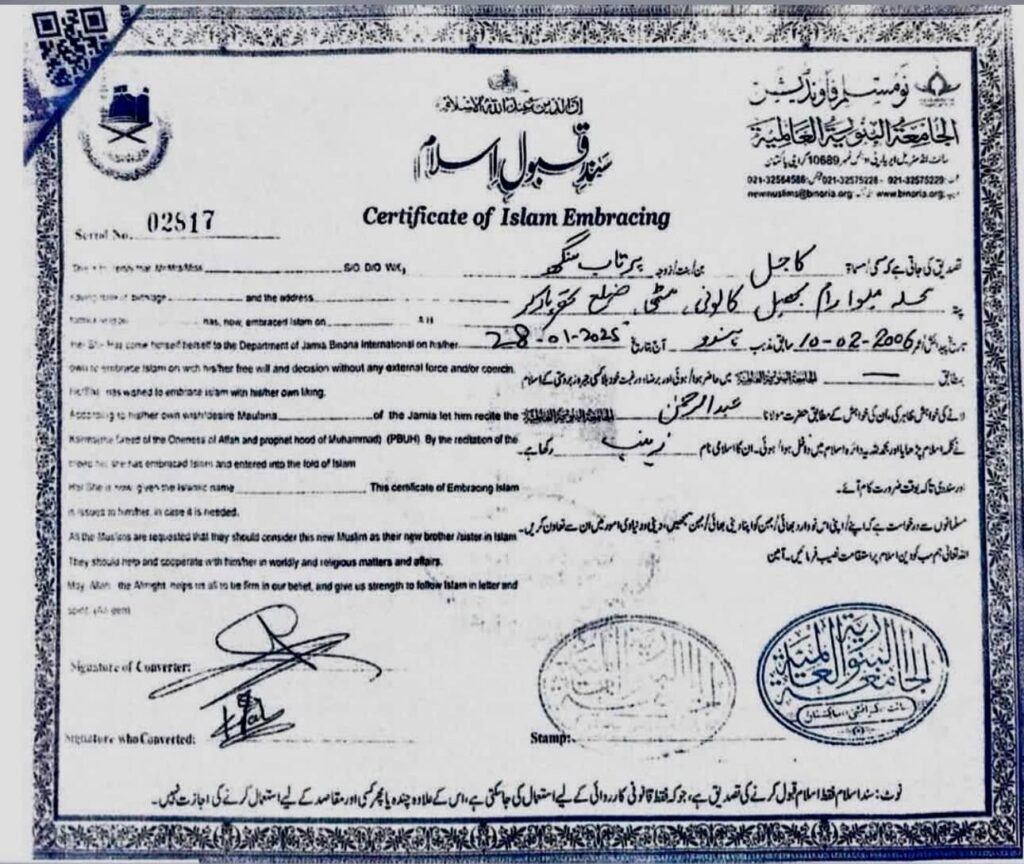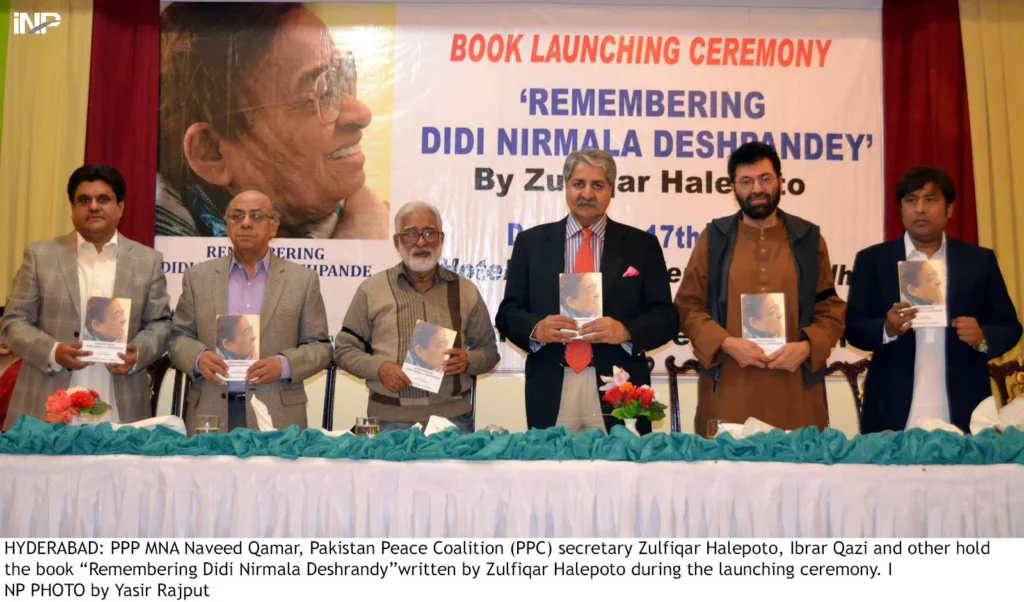The recent breach in the under-construction Malir Expressway, also known as Shahrah-e-Zulfiqar, has once again brought to light the deep flaws in the project’s design and the dangers of building infrastructure within the natural course of the Malir River.
Earlier last evening, I spoke to Saami Memon, a senior journalist from the Malir Press Club, and Hafeez Baloch, a social activist from Malir, to better understand the ground situation. Both confirmed that a portion of the expressway was washed away by gushing water from the Malir River. According to media reports, the damage occurred due to a faulty design, which failed to accommodate the river’s natural flow during monsoon rains.
Saami Memon explained that the provincial government has constructed around 45 small dams at different points of the Malir River. The recent breach, he said, happened near one of these small concrete barriers. He added that residents of Malir had already protested during the planning phase of the project, warning that building the road in the middle of the riverbed would compromise both safety and the environment.
Despite these warnings, large sections of the road were still built directly across the river’s belt rather than along its edge, making the expressway vulnerable to flooding and erosion.
Echoing these concerns, activist Hafeez Baloch noted that this year the river was flowing at only 50 per cent of its full capacity. “Had the river been at 100 per cent,” he observed, “the expressway might have been completely washed away.”

He recalled that even in 2022, when the river flowed at 75 per cent, several small dams had already been damaged. This historical precedent makes the current damage a predictable, rather than unforeseen, outcome.
The incident has sparked renewed criticism of the project’s environmental and urban planning flaws.
By blocking the natural river course, the expressway not only risks repeated structural failures but also threatens to worsen urban flooding in Karachi. Experts have long argued that expressways inside riverbeds are short-sighted solutions, prioritising vehicular traffic over sustainable urban development.
For the people of Malir, the breach confirms what they have been saying from the beginning. Local farmers and residents opposed the original design, fearing displacement, loss of fertile agricultural land, and ecological damage.
Their sustained protests even forced the government to revise certain parts of the expressway’s alignment. Yet, as the recent breach shows, these revisions were insufficient to address the fundamental design flaws.
The Malir Expressway was pitched as a flagship project to reduce travel time between Karachi’s urban centres and the M-9 Motorway. But for many critics, the breach highlights that billions of rupees are being spent on a project that is not only unsafe but also environmentally destructive. It may also increase the original cost of the project.
As monsoon seasons grow increasingly unpredictable due to climate change, ignoring natural watercourses and building over them is a recipe for repeated disasters.
The recent breach of the Malir Expressway should serve as a wake-up call for policymakers to rethink infrastructure priorities and to listen to local voices before pushing ahead with projects that jeopardise lives, livelihoods, and the environment.
About Malir Expressway:

The Shahrah-e-Bhutto, formerly known as the Malir Expressway, is a 39-kilometre-long road project currently under construction in Karachi. The expressway is planned to stretch from the KPT Interchange near Qayyumabad to the Karachi-Hyderabad Motorway (M-9) near Kathore, cutting across the riverbed and floodplains of the Malir River.
While the Sindh provincial government has promoted it as a major infrastructure development that will ease traffic congestion and improve connectivity, the project has been widely criticised by environmentalists, urban planners, and local communities.
Experts describe it as ecocidal and unviable, warning that building a highway on the fragile ecosystem of the Malir River could intensify flooding, destroy fertile agricultural land, and worsen Karachi’s already vulnerable climate conditions.
Initially, officials announced that half of the expressway would be inaugurated on 14 August 2023. However, progress stalled when the Asian Development Bank (ADB) withdrew its funding, citing concerns over environmental and social impacts. Later, the government arranged its funding under the Public-Private Partnership with local banks and corporates.
The estimated cost of the Malir Expressway project has now climbed to PKR 55 billion, making it one of the most expensive infrastructure schemes currently underway in Karachi. Out of this amount, the Sindh government is contributing PKR 32 billion under a public–private partnership model, while the remaining funds are expected to be generated through private investment.
However, the project’s cost–benefit ratio has been questioned by urban planners, civil society groups, and concerned citizens. Many argue that if even a portion of this massive budget were diverted toward the repair and rehabilitation of Karachi’s existing road network, the benefits for daily commuters would be far greater. Karachi’s crumbling roads, broken intersections, and neglected drainage systems affect millions of people
Meanwhile, reports continue to surface of illegal excavation and land grabbing along the Malir Riverbed and adjoining farmlands, raising further alarm among Malir’s residents.
The Malir Expressway is one of the largest ongoing infrastructure projects in Karachi, envisioned as a signal-free corridor connecting the city’s suburbs with its central areas.
Authorities present it as a much-needed solution to Karachi’s chronic traffic congestion, claiming it will reduce travel time between DHA, Korangi, and the motorway by almost an hour.
However, the project has attracted strong objections and criticism from urban planners, environmentalists, and local communities. A key concern is its alignment: instead of serving as an outer bypass for heavy traffic, it runs inside the city along the Malir River, which is one of Karachi’s few natural flood drains. Experts argue that narrowing and encroaching upon the riverbed could worsen flooding risks, especially after the devastating monsoon rains of 2020.
Another objection relates to environmental damage. The expressway’s design requires cutting thousands of trees and reclaiming agricultural land along the Malir River, threatening local ecosystems and livelihoods. Farmers in the Malir belt, known as Karachi’s “green lung,” fear displacement and loss of fertile land. Civil society groups also argue that the project benefits car-owners and real estate developers more than the city’s majority population, who depend on public transport.
Critics have suggested that instead of building expensive expressways, the government should invest in mass transit systems such as the Karachi Circular Railway and Bus Rapid Transit corridors. In their view, the Malir Expressway represents a flawed urban planning choice that prioritises short-term convenience for a few over long-term sustainability and equitable development.




